High blood pressure leads the list of diseases on Earth. WHO notes the increasing role of hypertension in the overall picture of mortality and life expectancy. In general, the positive results of the treatment of pathology are caused not only by the use of antihypertensive drugs, but also by the use of products that lower blood pressure.
Material Content:
How to quickly lower the pressure at home?
Most people who are over 45-50 years old have “jumps” in pressure caused by stress, overwork, weather changes.
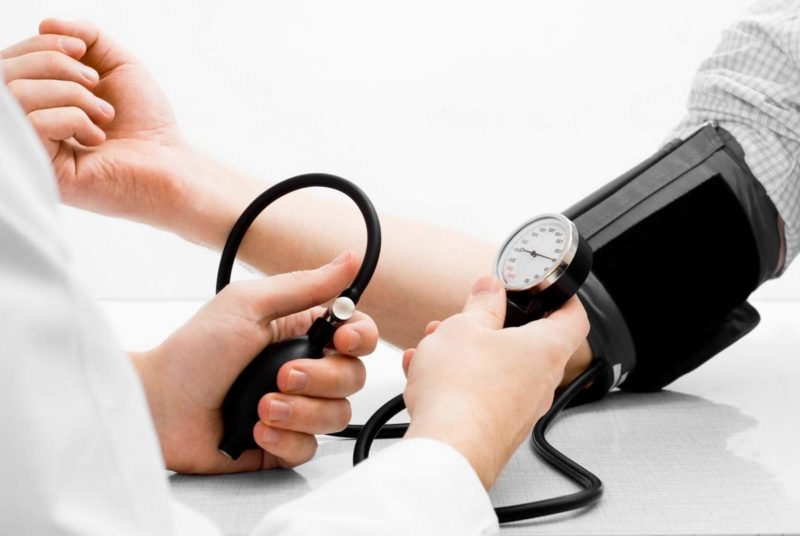
Now hypertension is “younger” and 25-30-year-old people complain of high blood pressure. Therefore, it is important to know how to lower blood pressure at home without resorting to medication.
To eliminate vasospasm use:
1. temperature exposure:
- cold and hot shower;
- a compress from a fabric dipped in hot water on the collar area;
- mustard plasters on calves;
2. impact on bioactive points:
- wraps from a solution of apple cider vinegar in water (1: 1) on the feet (10-15 minutes);
- massage-stroking the lateral surface of the neck from the middle of the earlobe to the middle of the clavicle (10 times on each side);
- light massage of the collar zone and upper chest;
3. natural diuretics (diuretics):
- decoctions of herbs (medicinal letter, medicinal valerian, common mordovia, marsh cinnamon);
- tea from berries (hawthorn blood-red, mountain ash, wild rose, chokeberry, blackcurrant).
Reduce the pressure will help the use of red viburnum berries, lingonberries, cornel, pomegranate seeds.
In Ayurveda, an ancient Indian method of treatment, it is recommended to take hot foot baths with mustard from very high pressure (3 tbsp. L. Powder for 7 l. Boiling water).
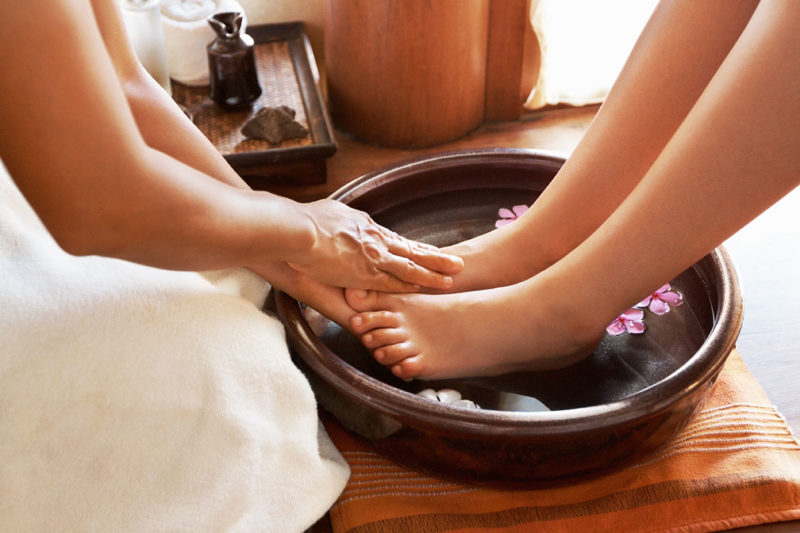
With high blood pressure, breathing exercises help. With deep breathing, blood is saturated with oxygen and a decrease in the amount of carbon dioxide, causing vasospasm. You should take a deep breath, hold your breath, counting to yourself up to 20 and slowly, as much as possible, exhale the air. Take 6-12 breaths.
Any dosed aerobic physical activity favorably affects blood vessels and normalizes blood pressure:
- measured walking;
- swimming;
- smoothly flowing exercises Wushu, qi-gun.
It is not recommended to engage in such types of wellness exercises and sports that require long-term static loads. They can dramatically increase pressure.
To stabilize the pressure, it is important to eat right. A decrease in body weight of 1 kg systolic (upper) pressure decreases by 1 mm RT. Art., and diastolic (lower) - by 0.5 mm RT. Art.
What products contribute to the rapid normalization of pressure?
An important condition for normalizing pressure is not only the control of calorie content and the amount of food consumed, but also the rejection of salt. It is believed that the threat of an increase in blood pressure can be avoided by limiting salt intake to 6 g per day. Low-salt diet leads to a decrease in pressure by 3-4 / 1.5-2 mm RT. Art.
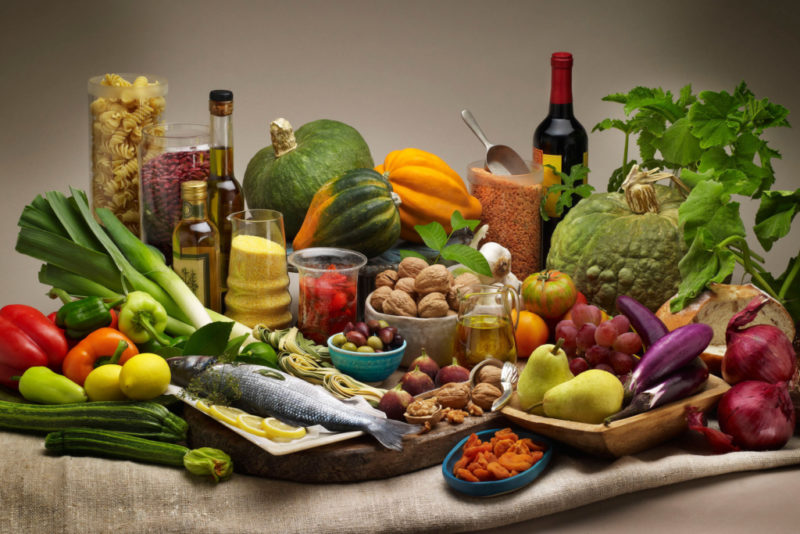
The next condition for proper nutrition for hypertension is an increase in the consumption of potassium and magnesium, which have an antihypertensive (pressure-lowering) effect. A sufficient amount of these microelements can be obtained by eating fresh vegetables and fruits.
Hypertensive patients are advised to inject about 90 mmol of potassium daily into the body. This amount of the required element is contained in 6-7 apples. The latest recommendation of scientists is a nutritional scheme that provides for the maximum use of unprocessed fresh plant food.
Another important component of the menu of a patient with hypertension should be products containing polyunsaturated fatty acids - these are vegetable fats and fish oil.
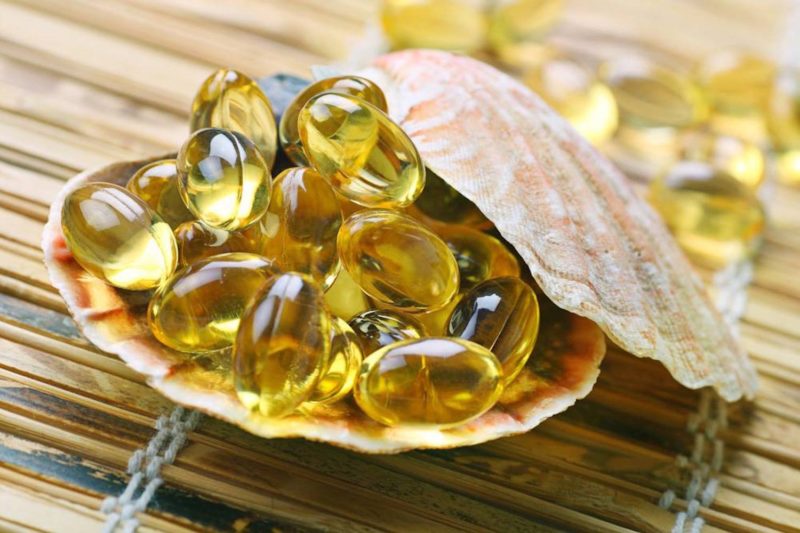
Under the general name "polyunsaturated acids" we mean nutrients (substances necessary for the life of the body):
- Omega 3
- Omega 6;
- acid complex - vitamin F.
Vitamin C plays an important role in strengthening blood vessels, normalizing blood pressure and improving blood composition. It neutralizes the effect of negative radicals on the body and, thereby, improves the functioning of the circulatory system.
Folic acid-containing foods are needed for healthy vessels and normal blood pressure. Vitamin B9 is found in:
- leafy greens - lettuce, parsley;
- cruciferous vegetables - all types of cabbage, swede, turnip, horseradish, radish;
- legumes - peas, beans, lentils;
- fruits and berries - oranges, bananas, apricots;
- meat - pork, lamb, beef, chicken;
- liver
- eggs of birds;
- dairy products - cheese, milk, cottage cheese;
- fish - tuna, salmon;
- cereals and products from them.
The assimilation and retention of folic acid in the body is impossible without another vitamin from group B - B 12. It contains seafood, sea and river fish, meat, dairy products, and eggs.
Let us consider in more detail which products lower the pressure and how they act.
Milk products
Dairy products contain trace elements necessary for lowering blood pressure - potassium, calcium, magnesium and vitamins B9, B12. But nutritionists emphasize that not all dairy products are useful for hypertension.
Dairy products and milk contain animal fat, a large amount of which is very harmful for hypertension.
Fat is deposited in the form of cholesterol plaques that impede blood flow and reduce vascular lumen.Fat is stored in the cells of adipose tissue, increasing the weight and load on the circulatory system. Therefore, all milk products must contain a reduced amount.
When eating cheese, you need to pay attention to the amount of salt used in their preparation. Salted cheeses help retain water in the body, overflow the bloodstream and increase pressure.
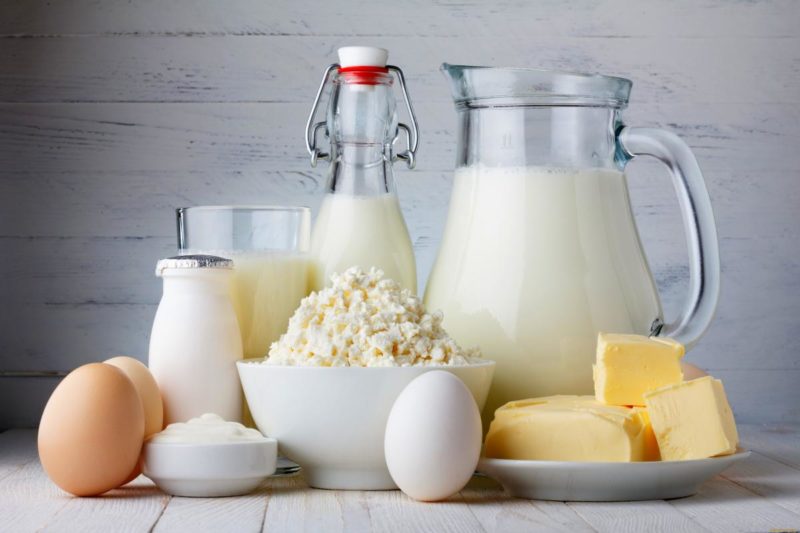
Given these limitations, the most useful for lowering pressure are dairy products that are low in fat or low fat:
- milk;
- kefir;
- sour cream;
- buttermilk;
- matsun (matsoni);
- Ayran;
- yogurt;
- cottage cheese;
- mozzarella cheese;
- hard cheeses.
In addition to the listed nutrients necessary to maintain the state of the circulatory system, milk has a diuretic effect, which also lowers blood pressure by removing excess fluid. But unlike synthetic diuretics, milk does not lower the amount of potassium necessary for the normal functioning of the heart muscle.
However, with age, the amount of enzymes needed to digest milk decreases. Scientists recommend after 55 years (namely, at this age the highest number of hypertensive patients is noted) to limit the use of milk to 1 cup per day.
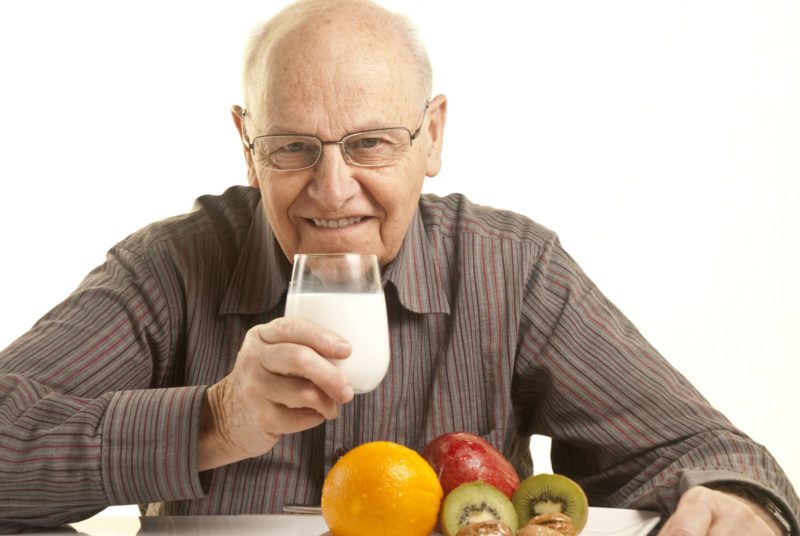
From time immemorial, fermented baked milk has been used as one of the products that can reduce blood pressure, but a high fat content requires controlling the amount consumed or refusing it in the presence of impaired fat metabolism.
Spices at high pressure
Different nutritionists have different attitudes to spices with hypertension. Some recommend completely eliminating the product, especially for patients with a high body mass index, motivating them to stimulate appetite. Others recommend replacing salt that is harmful to hypertension with spices.
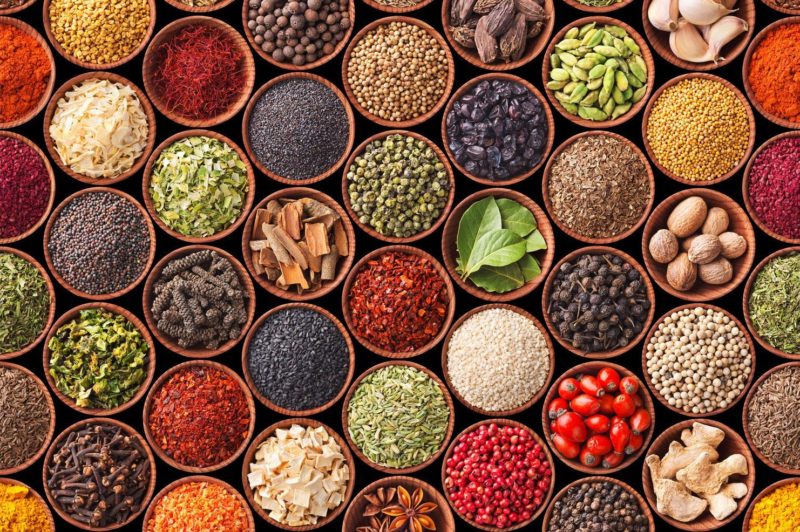
An article was published in The New England Journal of Medicine (NEJM) in which researchers unveiled the effects of various substances in spices and spices on the human circulatory system. It turned out that some substances have an antioxidant effect, normalize the composition of the blood (dilute it), strengthen the walls of blood vessels.
In Ayurveda, spices are used to treat many diseases. The ancient Hindus, Greeks and Egyptians knew about their healing properties. No wonder they replaced money in some countries. So, for example, turmeric and cinnamon have a pronounced anticholesterol effect and reduce the pressure caused by narrowing of blood vessels due to cholesterol plaques.
Bay leaves and cinnamon have diuretic properties. At the Ohio Medical Institute, patients with hypertension were given an aqueous solution of cinnamon (1 tsp powder per glass of hot water, 250 ml per day), which stabilized the pressure at the age norm. Bay leaves are put in dishes, and the inside of the wrist is rubbed with essential oil.

Allicin released as a result of the destruction of garlic cells not only has bactericidal and fungicidal properties, but also lowers blood pressure. This effect was confirmed by large-scale studies conducted by scientists of the Weizmann Institute (Israel) and the A. Oshner Clinical Center in New Orleans (USA). Diastolic pressure after administration of the drug with allicin significantly decreased and remained at a normal level for about 5-14 hours. Healers advise dissolving ½ tsp. garlic juice in a glass of milk and drink 1 time per day until pressure stabilizes.
Oregano (oregano), bergamot, thyme contain a phenolic compound - carvacrol. Scientists at the Anatolian University (Eskisehir, Turkey) found that the substance reduces both systolic and diastolic pressure. At home, the leaves of these spicy plants (1 tbsp. L) are poured with a glass of boiling water and insisted ½ hour. The resulting infusion is drunk in 2 divided doses per day.
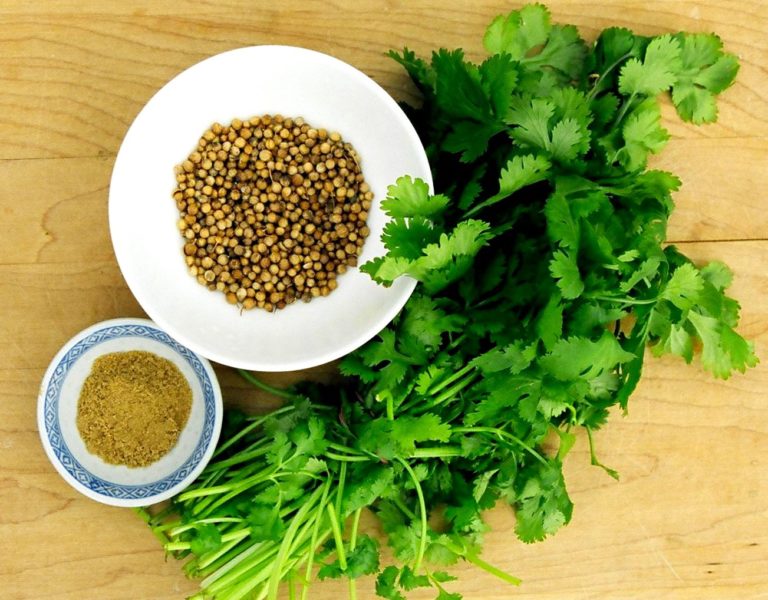
Cardamom also has a hypotensive effect. It is worth dissolving 1 tsp. powder in a glass of freshly squeezed peach juice and drink the solution immediately.To increase the effectiveness, you can add 1 tsp to the juice. ground coriander. Such a remedy for arterial hypertension is drunk 2 times a day until persistent normalization of pressure.
Fruits, vegetables, berries for hypertension
Plant cells contain trace elements necessary for healthy vessels - magnesium, potassium, bioactive substances, vitamins.
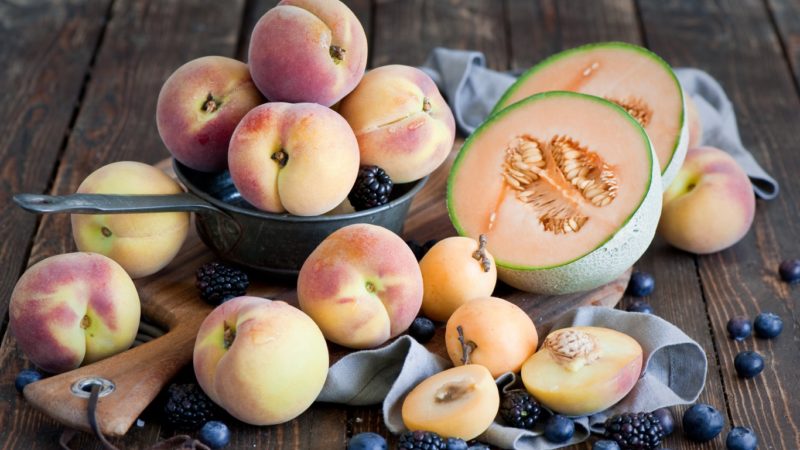
With hypertension, as a supportive therapy, it is recommended to eat:
- apricots, fresh and dried. They contain the necessary cardiac muscle and blood vessels potassium;
- watermelon - the juice of this giant berry has a diuretic effect;
- grape - juice and dry berries (raisins) contain polyphenols that have an antioxidant effect on the circulatory system and resveratrol, normalizing lipid metabolism, providing a cardioprotective effect. Resveratrol is found not only in the peel of grapes, but also in the fruits of cocoa, in peanuts;
- pears - they contain a large amount of potassium, which determines the diuretic effect and has a beneficial effect on the myocardium;
- melons - they contain β-carotene, anti-aging silicon and normalizing blood pressure. Melon juice increases diuresis (urination), and the magnesium contained in the pulp normalizes the activity of the heart;
- raspberries, blueberries, blueberries, chokeberry, cranberries - these berries contain pterostilbene (grapes, blueberries), which cleans vessels from cholesterol deposits, potassium, pectin (aronia) and vitamins C, P, which strengthen the walls of blood vessels;
- vegetables (bell peppers, cabbage, potatoes, tomatoes) In addition to potassium and magnesium, they contain other active substances that ensure the normal functioning of the circulatory system.
Plant food is not a full-fledged substitute for medicines for hypertension, but it significantly alleviates the condition and contributes to a speedy recovery.
Does green tea increase or decrease pressure?
Japanese scientists claim that green tea acts on blood vessels depending on the strength of the tea leaves. With a weak concentration of the active substances of tea, it lowers blood pressure, and with a high concentration it raises.

Green tea leaves contain caffeine, theophylline and other alkaloids, tannins (tannins), and catechins antioxidants.
These bioactive substances:
- strengthen the vascular wall;
- have a vasodilating effect;
- protect the circulatory system from the harmful effects of negative radicals;
- remove excess fluid.
A similar effect has a leaf of black tea. But the effect of hibiscus tea from Sudanese rose (hibiscus) depends on the temperature of the drink. Hibiscus hot tea increases pressure, cold tea lowers.
Foods to be excluded from the diet at high pressure
In the dietetics of hypertension, certain types of foods have a detrimental effect on blood pressure.
From the patient's menu it is necessary to exclude:
- drinks containing a significant amount of stimulants, for example caffeine - coffee, cocoa, strong tea;
- foods that increase cholesterol - fatty meats, fish;
- products containing “fast” carbohydrates - pastries, pastries, pastries, sweets;
- offal and semi-finished products, sausages - they may contain "hidden" animal fats;
- canned food - this type of product is not useful in any health condition;
- alcohol - according to scientists, the exception is moderate (about 200 g per day) consumption of dry red wine.
Motto: “Lowering the pressure without pills” - acts only in relation to the mild stages of hypertension or as an auxiliary method of therapy. If the blood pressure figures on the tonometer “roll off” it is dangerous to self-medicate. In this case, medical attention and medical treatment are required.












